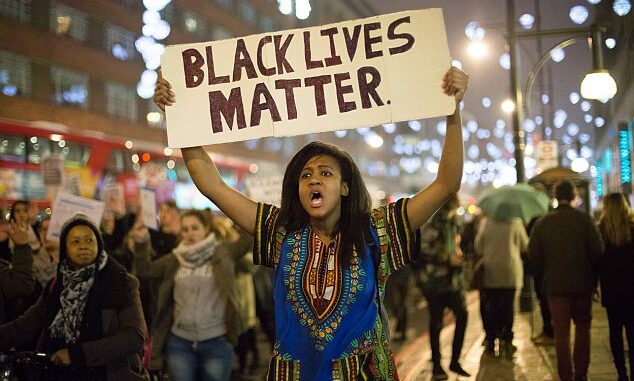How Google Search Came to Be
Google Search was started as a plain old research project by college kids. Their names are Larry Page and Sergey Brin at Stanford University. Larry was considering Stanford for grad school, and Sergey was assigned to show him around. Larry decided to go to Stanford, and the next year, he and Sergey formed a partnership. They decided to try and create a search engine from their dorm rooms that used links to determine the importance of individual pages on the world wide web. The original name for this search engine was Backrub. This name actually has a story behind it. It came from the Algorithm generated ranking for how many "backlinks" a page has. A backlink is a link from one website to another.

The Backrub search engine worked on the Stanford servers for more than a year before it eventually clogged up the bandwidth and was forced to move. Because of this, Larry decided to come up with a different name. Larry was talking with his office mates (at this point, the search engine was seemingly getting more and more successful), and his office mate Sean Anderson came up with the name googolplex. This was based on the large number of googol. Larry shortened it to just googol. Sean wrote it on the whiteboard and accidentally misspelled "googol" for "Google," and that is when the name Google.com formed.

Over the next few years, Google was getting more popular and gaining attention, especially by Silicon Valley investors. By August of 1998, Sun co-founder Andy Bechtolsheim wrote Larry and Sergey a check for $100,000, and Google Inc. formed. Andy was so confident in google, that he wrote the check after seeing a quick demo at Stanford. Google's first headquarters was in a friend's garage in Menlo Park, California. While in this location, Google hired its first employee, Craige Silverstein, who actually ended up staying with the company for 10 years. As years followed, Google decided to expand their company by hiring engineers and building a sales team. Google outgrew the garage and moved to its current headquarters in Mountain View, California.

In 2001, other improvements to Google kept it on the rise. It included multilingualism, international celebrations, and Google toolbar, which is a plugin that allows the user to search without opening the homepage. Google's popularity was growing, along with their staff. By 2004, it had more than 425 million users. In that same year, Google came up with Google Scholar, which is a free web-based service that indexes the full text, or metadata, of scholarly literature across many publishing formats and disciplines. In 2005, Google Maps was launched, with satellite imagery and even directions. From 2006 to 2014, Google translate, Google Chrome, Google Classroom, and Google photos were launched, which are used by many people to this day.
Now that all the background information is out of the way, it is time to explain how the Google Search engine actually works. Google uses software that is called "web crawlers." When we search for something on Google, crawlers look for pages that are the newest and updated. Google stores these URLS, in a big list. The next step is indexing. Google visits the pages that are learned about by crawling and analyzes them. The information is then stored in the Google Index, a huge database on many computers. The last step is serving search results. When a user performs a Google search, Google determines the highest quality results. The "best" results have many factors, that include the user's location, language, device, and previous queries. Today, Google handles trillions of searches each year. Google is now the 4th company to hit a market cap of 1 trillion dollars.
Digital customers now cannot imagine the world without Google. From finding the answer to a question, to staying updated on the latest world news, we rely on Google for almost everything. Google has even changed shopping.Google is one single platform that enables you to run all the shopping websites. You can look for any desired online shopping store to make your purchase from the comfort of your own house. We can even find our careers on Google. In the world of constant connectivity today, we can easily find out about suitable job profiles as per our qualification or work experience. Google also offers you many great opportunities to promote and market your specific products or services. Major companies also now rely on google to make money and use google itself to make their products, services, and voices easiy searchable online.
References
https://interestingengineering.com/almost-everything-you-need-to-know-about-googles-history
https://about.google/our-story/#:~:text=The%20Google%20story%20begins%20in,assigned%20to%20show%20him%20around.&text=They%20called%20this%20search%20engine,was%20renamed%20Google%20(phew).
https://www.tandfonline.com/doi/full/10.1080/13504851.2014.995359
